NIL
Why Michigan Football's 2025 recruiting class is its best in years
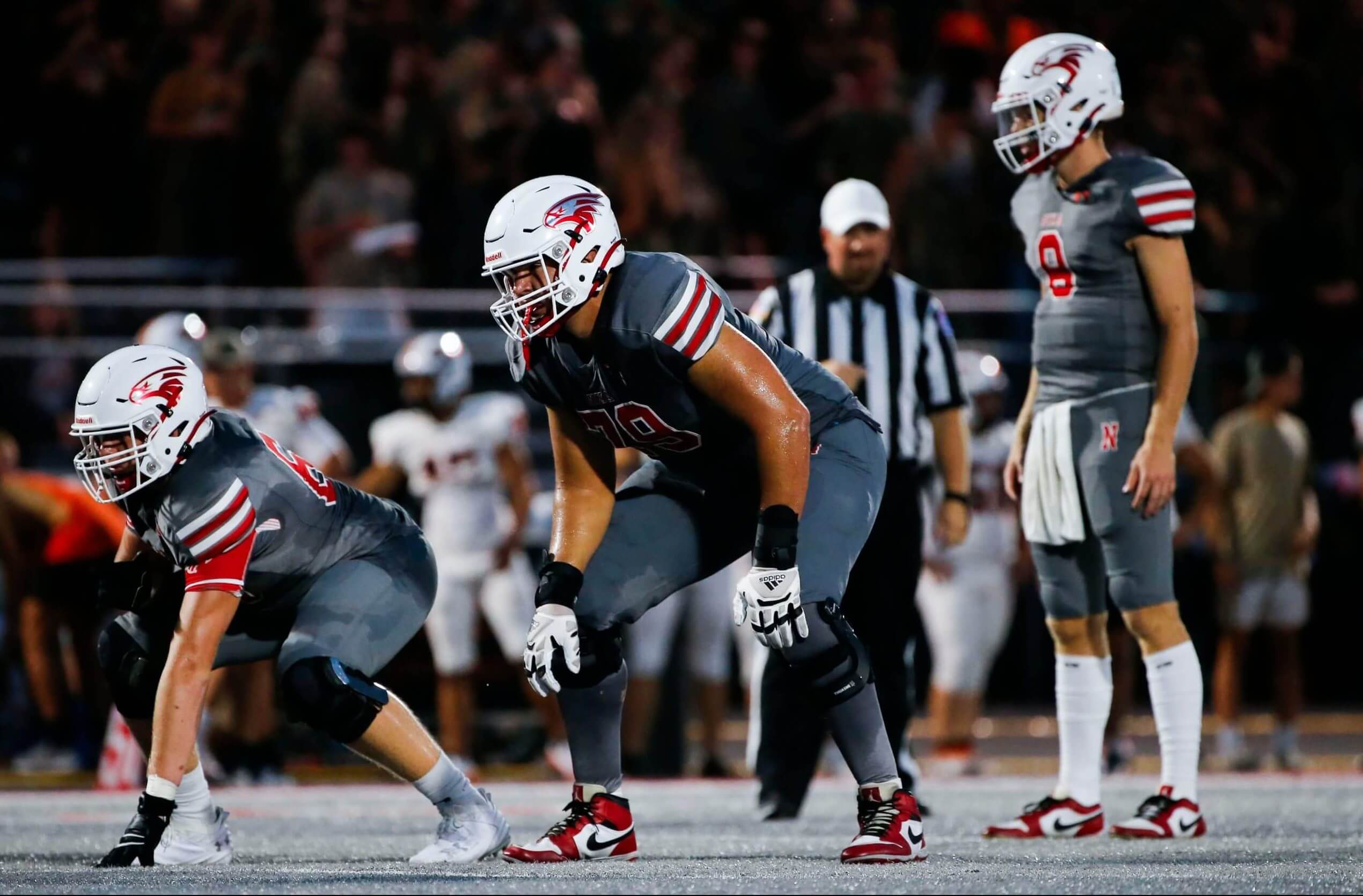


For the 2025 recruiting cycle, Michigan landed its top ranked class (No. 6 overall on 247Sports’ composite) since 2017. This impressive performance can and has been attributed to Michigan’s increased focus on NIL, including the exceptional job done by Sean Magee and the financial influence of the university’s official collective, Champions Circle.
While these areas are rightfully receiving credit for Michigan’s uptick in landing highly ranked players, recruiting is still about the coaching staff building relationships with the players and their families, and Michigan’s staff has done a tremendous job in this area.
Let’s take a look at how some of the assistant coaches have recently performed in their attempts to attract talent to Ann Arbor.
Lou Esposito
Esposito quickly made an impression on the recruiting trail and has continued the program’s dominance along the defensive line. He landed five recruits in the 2025 class, with the most notable being four-star edge rusher Nate Marshall, who was ranked as a top-50 overall player in the class. He initially committed to Michigan in April 2024, but flipped to Auburn a few months later. However, Esposito didn’t give up and was able to regain Marshall’s commitment right before signing day.
Esposito recently added his first prospect to Michigan’s 2026 class in three-star edge rusher Tariq Boney. He is also worked on several other recruits like four-stars Carter Meadows, Trenton Henderson, Titan Davis and Jackson Ford, among many others.
LaMar Morgan
Just like Esposito, Morgan joined Michigan last March and hit the ground running on the recruiting trail. His haul from the 2025 class may be the most impressive of all, as he got commitments from five four-star prospects — Shamari Earls, Kainoa Winston, Jordan Young, Elijah Dotson and Jayden Sanders.
With the losses of Will Johnson, Aamir Hall, Makari Paige, Wesley Walker and Quentin Johnson in the secondary, some of those guys may be called on as soon as this fall. The recruitment of Earls, in particular, may pay huge dividends — as an early enrollee, he has already been talked about by the coaching staff as a player that has been impressive so far.
Morgan seems to do a fantastic job in making personal connections with recruits. Dotson had this to say about Morgan: “Me and coach Morgan have a really good relationship. Outside of being a great coach, he’s a great man, so being around somebody like that was something I looked for. He’s going to push me to be great.”
Michigan is off to a solid start in the 2026 class in the secondary, as Morgan has already obtained the commitment of four-star cornerback Brody Jennings. He is also pursuing a litany of other top talent, such as four-stars Salesi Moa, Andre Clarke, Dorian Barney and Chace Calicut, just to name a few.
Grant Newsome
Newsome has coached the offensive line and tight ends during his three years as an assistant coach in Ann Arbor, and he has had a ton of success on the recruiting side. He is credited with Ty Haywood, Andrew Babalola and Avery Gach in the 2025 class, as well as Cole Sullivan and Brady Prieskorn in the 2024 class.
Sherrone Moore has a clear focus on the trenches, so it’s imperative Newsome continues recruiting at a high level and provides Michigan with top tier talent along the offensive line every single year.
Newsome has already landed three-star Bear McWhorter for the 2026 class, and he has his sights set on some other top prospects in the class like five-star Darius Gray, four-stars Malakai Lee, Leo Delaney, John Turntine III, Kelvin Obot, Carter Scruggs and Zaden Krempin, and three-stars Jax Tanner and Marky Walbridge.
Tony Alford
The list of recruits Alford has recruited during his career is impressive — J.K. Dobbins, TreyVeyon Henderson, Lathan Ransom and Steele Chambers. He played a big role in landing Jasper Parker and Donovan Johnson in the 2025 class for the Wolverines, but he is hoping to make an even bigger splash in the 2026 class.
Alford has his sights set on the No. 1 ranked running back in the class — five-star Savion Hiter. Michigan is in his top-four with Georgia, Ohio State and Tennessee, and the Wolverines will have him officially visit the weekend of June 13.
The Wolverines are one of, if not the No. 1 favorite to land Hiter’s commitment. If they do so, Alford will be among the top reasons why he sided with Michigan. And if not, Alford has a quality backup option in four-star Georgia native Amari Latimer.
NIL
College football’s highest-paid player takes a pay cut to chase 2026 championship

Much like the NBA in the 2010s, once the actual season ends for college football, the real drama begins off the field. Since the conclusion of the regular season, many players have already announced whether they’ll enter the transfer portal or re-sign NIL and rev-share deals with their current teams.
There is no real contract system set up for college athletics the way there is in professional sports, where deals can be signed for four or five years, binding both sides. In college football, every player is basically a free agent every offseason and has the power to re-negotiate their deal or enter the transfer portal if they can’t agree to terms with their school. However, perhaps the most famous athlete in all of college sports is now deciding to reduce his salary, not increase it, as he plans to return for 2026.
That would be Texas quarterback Arch Manning. According to Sporting News and On3, Manning entered the 2025 college football season as, reportedly, the highest-paid player in the entire sport. On3’s NIL valuation database had Manning as the highest-valued player in the country heading into the year, and despite some dips in play, Manning still remains No. 1 in On3’s NIL100 rating the top 100 highest-valued college athletes. His current value is listed at $5.3 million.

But according to a report that came out Friday morning, Manning actually will accept less money from Texas’ direct revenue share next season in an attempt to help the team better equip themselves for a 2026 national championship run after disappointing their CFP expectations in 2025. It’s important to note that Manning’s endorsement deals, nor money from any NIL collective, are impacted by this.
“Sources tell Inside Texas that star quarterback has agreed to a reduced compensation amount from Texas’ House settlement revenue sharing pool in 2026,” On3 ‘s Justin Wells published on Friday. “This ostensibly doesn’t affect his compensation from fair market NIL, commonly referred to by Texas administrators as ‘real NIL.’ Manning has partnerships with Warby Parker, Waymo, Vuori, and Red Bull and is one of the most high-profile college athletes regardless of sport.”
This move here is noble by Manning but also makes most sense for the team. As Wells mentioned above, Manning is heavily partnered with national brands and is the unique college athlete who brings his own marketability to the table, outside of his performance. This is a guy that can generate millions of dollars from endorsements and public partnerships — what Texas admins consider “real NIL.”
Essentially, Texas can guarantee Manning less raw money via the rev-share route but still assure him that he’ll get his money through other NIL means. Then, the Longhorns can take that guaranteed rev-share money and use it on high-level players who may not have the same name recognition or personal brand as Manning.
More on College Football HQ
NIL
Boise State transfers, NIL money, portal plan

For most people, this time of year is about spending time with family and enjoying some well-earned time off, maybe with a glass of eggnog and a holiday movie.
That will be the case for most of the Boise State football squad, which earned itself a long Christmas break after winning the Mountain West championship for a third straight year and playing in the LA Bowl last weekend — one of the earliest postseason games on the schedule.
But for head coach Spencer Danielson and his staff, this time of year is also about keeping the football family together for the following season and trying not to let the stress ruin a visit from Old St. Nick.
Despite the fact that college football’s bowl season and playoffs go deep into January, the transfer portal opens on Jan. 2 and runs through Jan. 16. That means players who are looking to move are already declaring their intentions — whether their reason is playing time, money or location — and being courted by programs across the nation.
After Boise State’s berth in the College Football Playoff last year, which led to the Fiesta Bowl on New Year’s Eve, the Broncos had to contend with some players going to the portal, such as wide receiver Prince Strachan (USC), linebacker Andrew Simpson (UNC) and defensive tackle Braxton Fely, who ultimately returned.
Things are somewhat less stressful this year, but the next couple of weeks won’t be that restful, either.
Here’s where Boise State stands from a recruitment and Name, Image and Likeness standpoint as the Broncos look to retool for 2026.
How does Boise State approach NIL?
A big indicator of where Boise State stands in the new whirlwind of college athletics is how much NIL money the program is able to dish out. Unfortunately, like most programs, it is tight-lipped about spending power.
Former offensive coordinator Dirk Koetter said last January that Boise State’s 2024 NIL budget was just shy of $2 million. Given Boise State pocketed at least $3 million for traveling to the Fiesta Bowl, and there was $8 million paid to the Mountain West to be distributed among its teams, Danielson’s team likely saw a bump in its spending power.

Danielson said that Boise State would see an increase in NIL spending from 2025 to 2026, but that it’s still not enough.
“Is it where we absolutely need to be? No, there’s still a lot of meat on the bone; we need to continue to push,” Danielson said Wednesday. “But it is an increase from last season, and I’m excited to continue to do that in the years to come.”
Danielson said he and his staff are busy prepping for the portal — including working with current players to keep them — but they won’t actively meet with anyone until at least Jan. 2.
The coach said Wednesday that some teams are already reaching out to players and attempting to cut deals, but he has made it clear that Boise State will play by the rules and not be involved in underhanded activity.
“If someone on social media says, ‘Hey, I’m going to transfer,’ we are going to log that to know, ‘Hey, blank player’s leaving, let’s look at some film and see,’” Danielson said. “But we are going to have zero communication with that young man until he’s on the board. … When the portal opens up on January 2, we can have communication.”
What is Boise State looking for in a transfer?
When asked which specific positions the Broncos might try to enhance throught the portal, Danielson again remained coy.
“We’re going to really look at it holistically, and we’ve got some spots left,” Danielson said. “I’m really, really proud of the class that we got coming in as freshmen, and we’ve got a few spots left that we’ll be looking at the transfer portal for.”
He added that the program is also evaluating junior college players, but isn’t going to “recruit a lot of them.”
Danielson already said BSU would not pursue a quarterback, putting his trust in starter Maddux Madsen and primary backup Max Cutforth, as well as the incoming freshmen.
Speculating on some of the team’s other needs, a veteran wide receiver is probably on the wish list. The only upperclassman set to return in 2026 is redshirt junior Chris Marshall. Behind him are exciting but more inexperienced underclassmen Cam Bates, Quinton Brown and Qumonte Williams Jr.

A good chunk of the starting offensive line needs to be replaced, with starting left tackle Kage Casey heading to the NFL Draft, and center-turned-left-tackle Mason Randolph and backup-turned-starting-center Zach Holmes both graduating.
Team captain Marco Notarainni is graduating at linebacker, but redshirt sophomore Boen Phelps made big leaps in 2025. Still, depth at that position is always crucial.
Players declare for the NFL Draft
Casey announced his intention to declare for the draft and opted out of Boise State’s LA Bowl loss to Washington. Casey didn’t even travel with the team to Southern California, and Danielson confirmed on Wednesday that he decided to keep Casey away from the team to avoid any distractions.
Fifth-year cornerback A’Marion McCoy, who missed the last month of the season with an injury, announced on his Instagram that he was declaring for the draft as well. McCoy ended the 2025 season with four interceptions, including a three-game streak of interceptions through October.

Junior safety Ty Benefield also could try to make it in the NFL. Benefield filed paperwork with the league last week to receive a draft projection and make a decision, and Danielson has said he will support whatever the team’s leading tackler from 2025 wants to do.
“It’s not a question of if he would be drafted, it’s a question of when,” Danielson said. “And he and his family are going to go through it and pray through it, and we’re going to go through that process in the next few weeks.”
Are any players leaving Boise State?
Several backups already have announced their intention to enter the transfer portal, including redshirt junior kick specialist Jarrett Reeser and redshirt junior offensive tackle Hall Schmidt.
Danielson said he doesn’t expect any major players to attempt to leave the program. One player who could be a target of other programs with lots of NIL money to spend is Benefield, but Danielson is confident that won’t happen if he decided to return for another college football season.
“I do believe that Ty and his family know, through how he’s been able to develop here, how he’s been able to play, the amount of NFL attention he has right now,” Danielson said. “If he decides not to go to the NFL, I believe that we would absolutely have a really good shot to keep him here, because he knows the best thing for his long-term future is being here.”
Danielson also has repeatedly said that a large chunk of the program’s NIL budget goes toward retaining and rewarding current players.
Boise State currently operates a tiered NIL model that provides a consistent package for players based on where the coaching staff believes each player is developmentally. Some of those groups include “guys that haven’t played, to played a little bit, to guys that are on the rise, to guys that are all-league,” Danielson said.
“I believe we’re going to find a way to give our guys really good offers. But more importantly, I need them to want to be here.”
NIL
WATCH | Ole Miss AD Keith Carter on College Football Playoffs, SEC Schedule, NIL, Rev Share and more
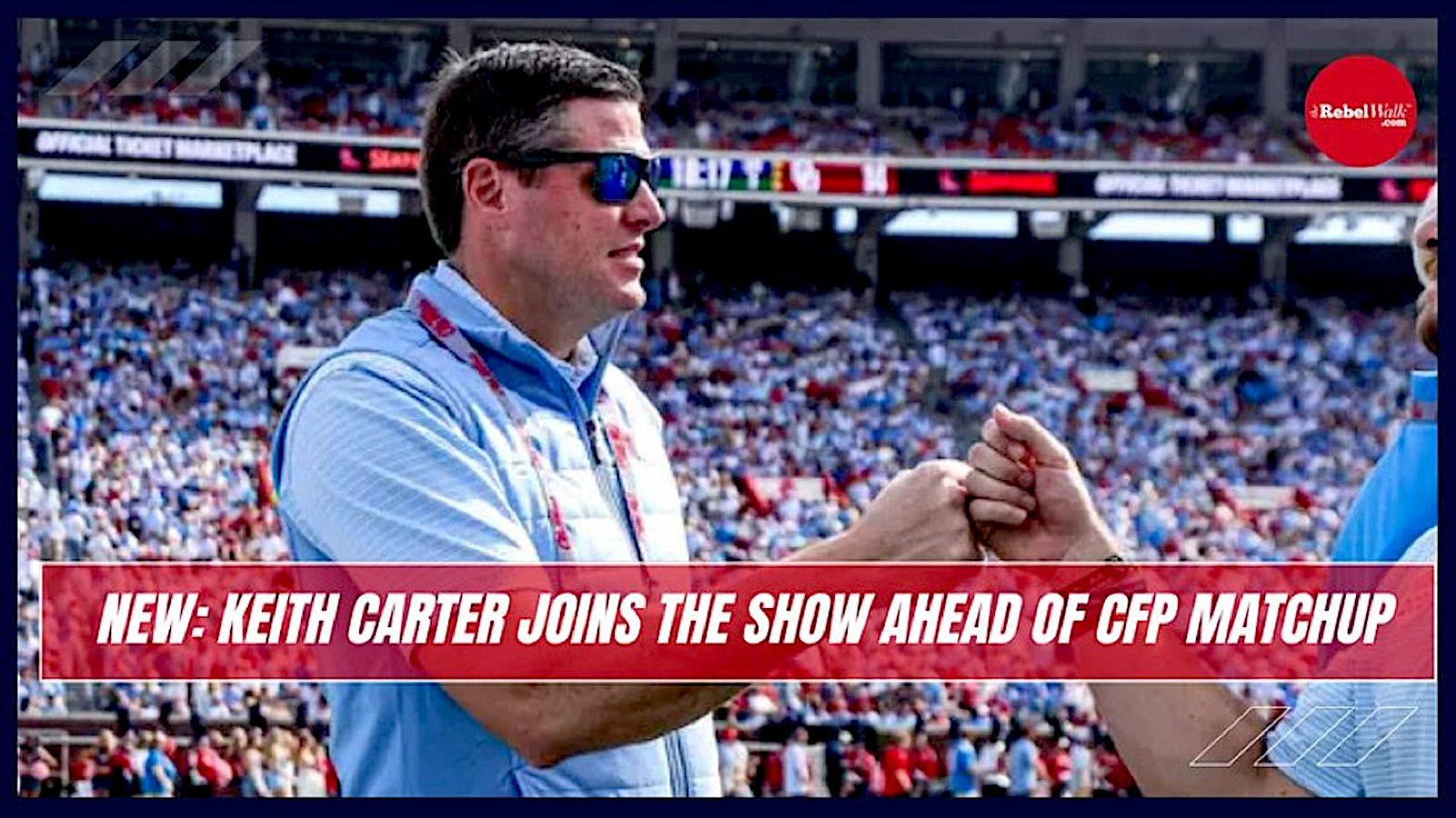
OXFORD, Miss. — The Rebel Walk’s Kam Wicker and Zach Moreth sat down this week with Ole Miss Vice Chancellor for Intercollegiate Athletics Keith Carter for an episode of The Rebel Talk, covering a wide range of topics relevant to Rebel fans.
Carter discussed the evolving landscape of college athletics, including NIL, revenue sharing, and the College Football Playoff, offering insight into where Ole Miss fits in a rapidly changing environment.
The Rebels’ athletics director also provided additional details on Ole Miss’ recent Request for Proposals (RFP), which seeks a development team to lead a transformative, multi-asset public-private partnership aimed at reshaping the areas surrounding Vaught-Hemingway Stadium and the campus edge.
In addition to the business of college athletics, Carter shared a more personal side, giving the hosts a glimpse into how he spends what little free time he has away from the office.
WATCH the full episode below:
Related
Evelyn Van Pelt
Evelyn has covered sports for over two decades, beginning her journalism career as a sports writer for a newspaper in Austin, Texas. She attended Texas A&M and majored in English. Evelyn’s love for Ole Miss began when her daughter Katie attended the university on a volleyball scholarship. Evelyn created the Rebel Walk in 2013 and has served as publisher and managing editor since its inception. Email Evie at: Evie@TheRebelWalk.com
NIL
Major SEC program emerges as candidate for $2.4 million college football quarterback

Brendan Sorsby, a redshirt junior who split his first two years at Indiana before transferring to Cincinnati in 2024, posted an efficient, productive 2025 season.
In 12 games, he threw for 2,800 passing yards with 27 passing touchdowns and five interceptions, plus 580 rushing yards and nine rushing scores, making him among the more complete dual-threat QBs in the country.
Unfortunately for the Bearcats, he informed Cincinnati of his intent to enter the NCAA transfer portal on Monday and is also awaiting an NFL draft grade while he gauges options.
Brendan Sorsby’s public NIL profile ranks him among the higher-valued transfer assets nationally, with a reported valuation of around $2.4 million, ranking 12th among all NCAA athletes in 2025.
As college football’s winter transfer market quickens, Tennessee has now been connected to Sorsby, according to reporting by On3’s Pete Nakos.

The link arrives as the Vols’ quarterback picture for 2026 grows murky, creating a plausible landing spot for a veteran signal-caller.
Tennessee starter Joey Aguilar closed the 2025 regular slate with 3,444 passing yards, 24 TDs, and 11 INTs, but the depth chart behind him has thinned.
Backup Jake Merklinger has reportedly told staff he plans to enter the portal, and the only experienced alternatives are true freshmen and early enrollees such as George MacIntyre and incoming five-star signee Faizon Brandon.
That combination leaves Tennessee weighing whether to chase an established transfer or roll with youth.
Several other programs, including Big Ten and Big 12 teams, have also been linked to Sorsby, notably Indiana, Oregon, Penn State, and Texas Tech.
Sorsby’s decision will likely hinge on three factors: NFL feedback on his draft prospects, immediate playing opportunity, and a clear path to a starting role.
Tennessee checks two of those boxes: potential playing time if depth erodes and a high-usage offense, though competition from programs willing to offer larger NIL guarantees remains a factor.
Expect conversations and movement to heat up with the portal opening on January 2, 2025.
Read More at College Football HQ
- Top 5 transfer portal landing spots for Missouri quarterback Beau Pribula
- $64 million college football coach emerges as prime candidate to replace Sherrone Moore at Michigan
- $45 million college football head coach reportedly offers Lane Kiffin unexpected role
- $3.7 million college football head coach named clear candidate for Michigan vacancy
NIL
Ohio State football has set a new record with its unanimous All-American selections
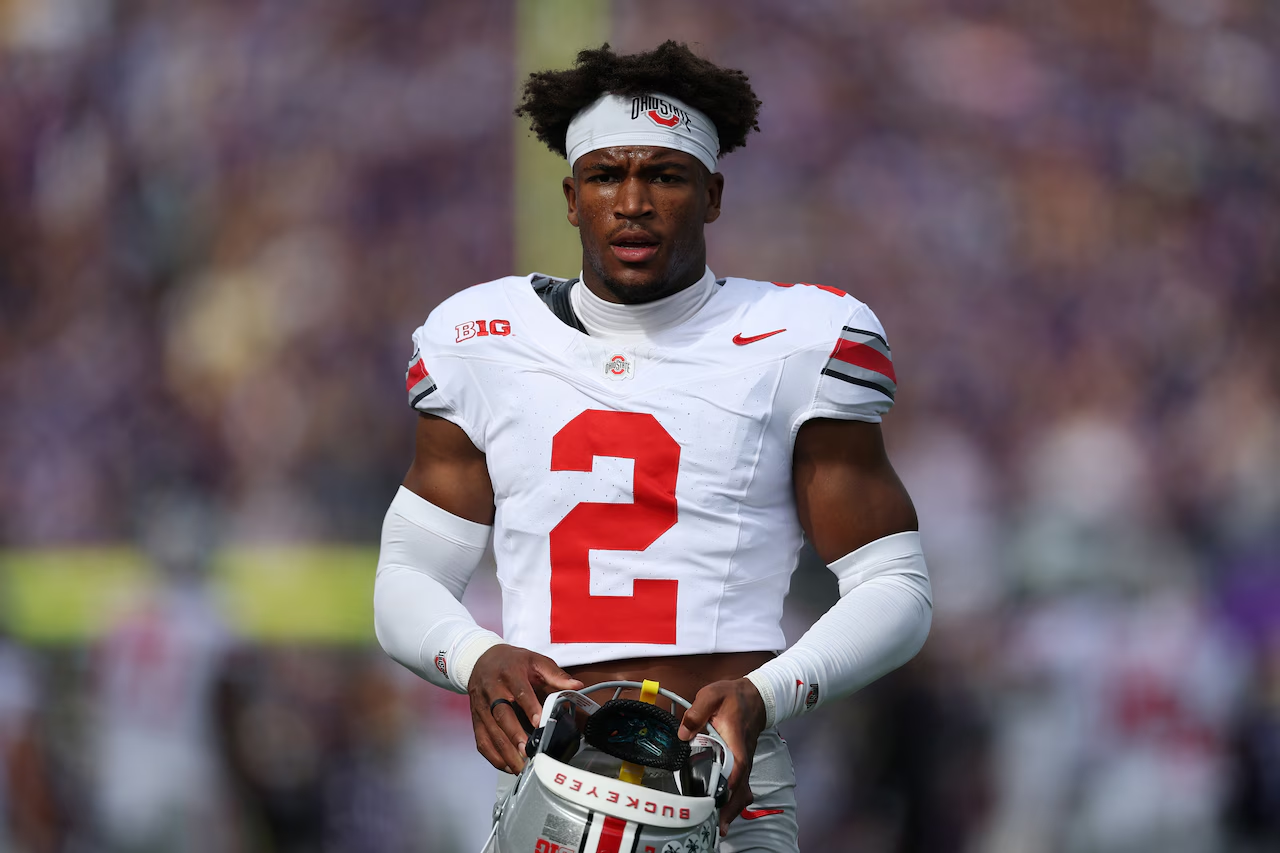
COLUMBUS, Ohio — Receiver Jeremiah Smith, safety Caleb Downs and defensive tackle Kayden McDonald have earned first-team All-American honors from all five major publications this postseason, officially making them unanimous selections.
In doing so, the collection of stars helped Ohio State football set a record.
The Buckeyes now have a college-football best 42 unanimous All-Americans in program history.
Alabama, which entered the season with a record 41 unanimous selections, had none. Notre Dame, which was tied with OSU at 39 coming into the season, had two (Jeremiyah Love, Leonard Moore).
This is the first time Ohio State has ever had three unanimous selections in the same year.
| Five major All-American publications |
|---|
| Walter Camp Football Foundation |
| Associated Press |
| American Football Coaches Association |
| Sporting News |
| Football Writers Association of America |
Downs is the first defensive player in program history to earn multiple unanimous All-American honors.
He’s in his second campaign at OSU after transferring from Alabama. Along with his All-American honors, Downs won the Lott IMPACT Trophy and Jim Thorpe Award this year.
Smith is also in his second season with the Buckeyes after arriving as one of the most highly-touted recruits in program history. He’s lived up to the hype, highlighted by his 80 receptions for 1,086 yards and 11 touchdowns this season.
McDonald has been a fixture in the middle of Ohio State’s defensive line, collecting 57 tackles, three sacks and two forced fumbles. He’s anchored a unit allowing only 84.46 rushing yards per game.
NIL
Joel Klatt admits his viral NCAA Tournament stance ‘was a terrible take’
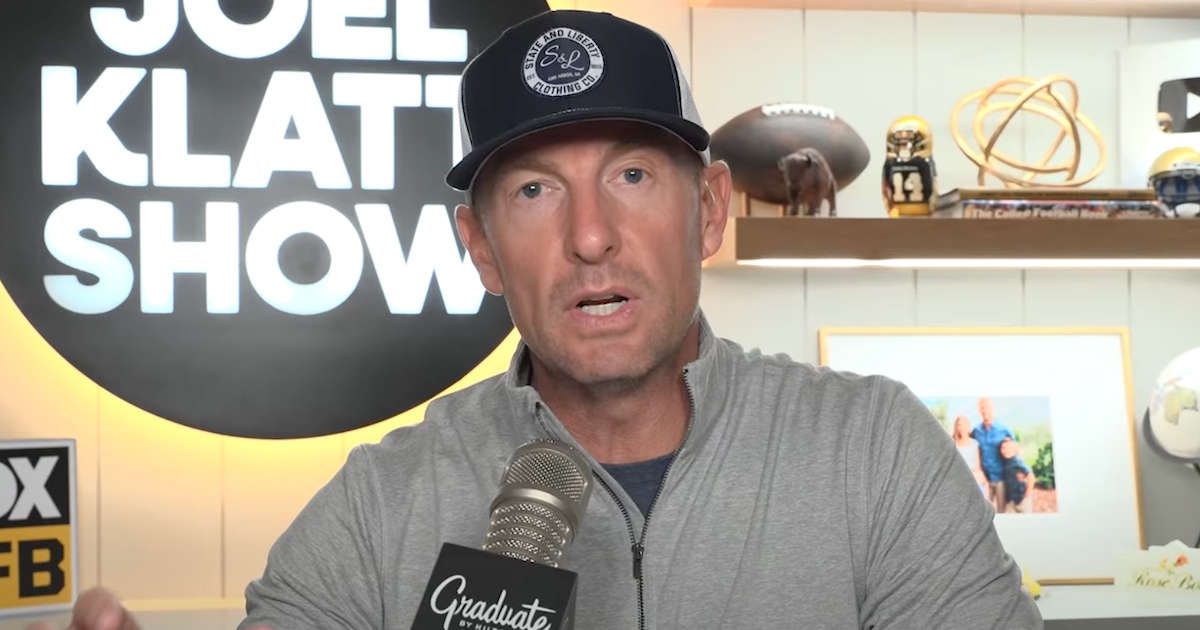
FOX Sports analyst Joel Klatt drew instant scrutiny this week when he made the claim that the only reason the Group of Five was in the College Football Playoff was the threat of litigation. He also suggested, in a parallel vein, that the NCAA basketball tournament isn’t an effective way to crown a champion in the sport.
He railed against Cinderellas a bit and just generally came off seeming a touch antagonistic toward both college basketball and the G5. On Thursday, he apologized for his delivery.
“I had an interesting take. It was a bad take. It was a terrible take,” Joel Klatt said on The Joel Klatt Show. “I have this take about the NCAA Tournament that is a bad take. And it’s a hot take. But it’s what I believe about the NCAA Tournament.
“Now, to be fair, what I said on their show on Monday morning early was sloppy and worded wrong. So it was kind of like I landed the plane but it was in a corn field and so like we had to hit the eject and the plane didn’t crash necessarily. Here’s the deal: I did not articulate what I wanted to articulate.”
He later spent a few minutes on his podcast further outlining his thoughts on Thursday morning. But has his stance really changed?
“Here’s the take: The NCAA basketball tournament, if the objective was to crown the best basketball team of the college basketball season, then it’s a bad format,” Klatt said. “And because of that, then it’s not fair, is what I said. And I said it is a joke and it’s the dumbest, and that’s obviously going to grab headlines. That’s stupid of me to use those terms.
“But the structure of the NCAA basketball tournament, its objective is entertainment, it’s meant to be a gauntlet. So the point is the best college basketball team for the year doesn’t always win the NCAA basketball tournament. That tournament is set up to just crown its own champion. It’s a made-for-TV, entertainment event. And it’s great. And by the way, I do love the NCAA basketball tournament. But if you’re asking me if it’s structured properly to crown the best team of the season, then the answer is no.”
Klatt would admit his opinion is unpopular. But he was unflinching in defending the heart of his point, even if not his delivery of the initial comments.
“Now… it’s a hot take. It’s a bad take,” Klatt said. “Not everyone’s going to share that with me, because everyone loves the entertainment value of Cinderellas in the NCAA basketball tournament. But there’s the thing, if you’re actually honest with yourself, you love the Cinderellas early, but late, you want to see the best teams playing against each other. You want to see incredible regional finals. You want to see Kentucky and Duke with (Christian) Laettner hitting it at the buzzer. Why? Because that’s greatness. So I root for good teams to become the participants late in the tournament.”
Here’s where the argument starts to come back around to the Group of Five and the College Football Playoff a little more. The links that were perhaps missing or not well-enough established in Joel Klatt’s initial go-round were filled in.
“In college football, ours is much more selective. We have 12 teams of 130-whatever in college football,” Klatt said. “So once we’re down to 12, well, now we don’t really want Cinderellas. And I will maintain that opinion. You can disagree and more power to you.”
As for the NCAA basketball tournament, perhaps it was just a case of Joel Klatt conflating two ideas and two different opinions that didn’t need to intersect. Maybe.
Still, the analyst stuck to his guns on his overall points. Especially with the G5 in the playoff.
“The way I said it on Monday morning was so dumb. Dumb take,” Klatt said. “And I prefaced it by saying it’s like the hottest of all takes. There’s 68 teams in the NCAA basketball tournament. So yeah, people love the Cinderellas, but you want the great teams playing late. That makes it awesome in the Final Four and the regional finals. And I’m saying we’re already at that point in college football.”
So what should the Group of Five do if they’re no longer welcome in the playoff? Well, Klatt suggested an alternative. It’s likely to be controversial. But it’s not something totally out of the realm of possibility, either.
“By the way, I’m not a Group of Five hater,” Klatt said. “I think it would be better for the Group of Five if they played their own championship, so that we could celebrate them. Focus on them. More teams could be involved, more fanbases could be involved. That would be awesome. I think that would be great for everyone. Not having to go up to Autzen and face one of the best five teams in the country. That’s impossible for JMU. … I will just say I think it would be better if they played their own playoff.”
-

 Motorsports1 week ago
Motorsports1 week agoSoundGear Named Entitlement Sponsor of Spears CARS Tour Southwest Opener
-

 NIL3 weeks ago
NIL3 weeks agoBowl Projections: ESPN predicts 12-team College Football Playoff bracket, full bowl slate after Week 14
-

 Rec Sports3 weeks ago
Rec Sports3 weeks agoRobert “Bobby” Lewis Hardin, 56
-
Sports3 weeks ago
Wisconsin volleyball sweeps Minnesota with ease in ranked rivalry win
-

 Motorsports2 weeks ago
Motorsports2 weeks agoDonny Schatz finds new home for 2026, inks full-time deal with CJB Motorsports – InForum
-

 Rec Sports2 weeks ago
Rec Sports2 weeks agoHow Donald Trump became FIFA’s ‘soccer president’ long before World Cup draw
-

 Motorsports3 weeks ago
Motorsports3 weeks agoMichael Jordan’s fight against NASCAR heads to court, could shake up motorsports
-

 Rec Sports2 weeks ago
Rec Sports2 weeks agoBlack Bear Revises Recording Policies After Rulebook Language Surfaces via Lever
-
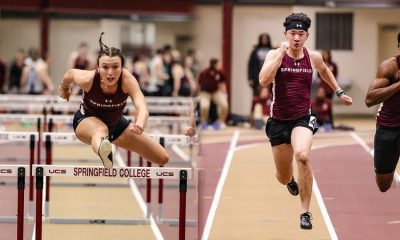
 Sports3 weeks ago
Sports3 weeks agoMen’s and Women’s Track and Field Release 2026 Indoor Schedule with Opener Slated for December 6 at Home
-

 Rec Sports2 weeks ago
Rec Sports2 weeks agoDavid Blitzer, Harris Blitzer Sports & Entertainment































